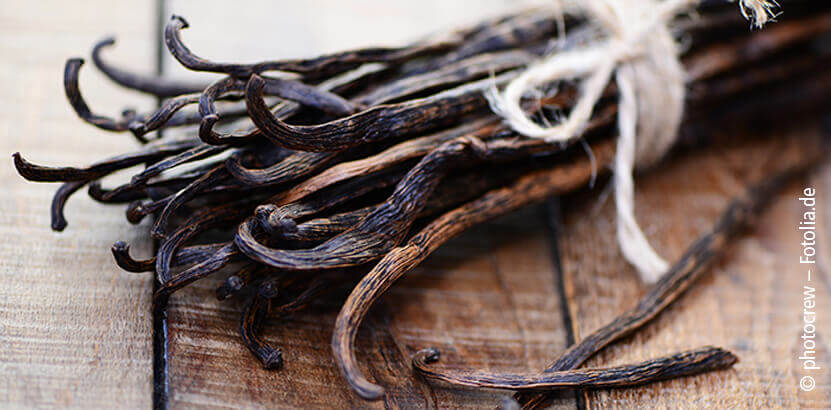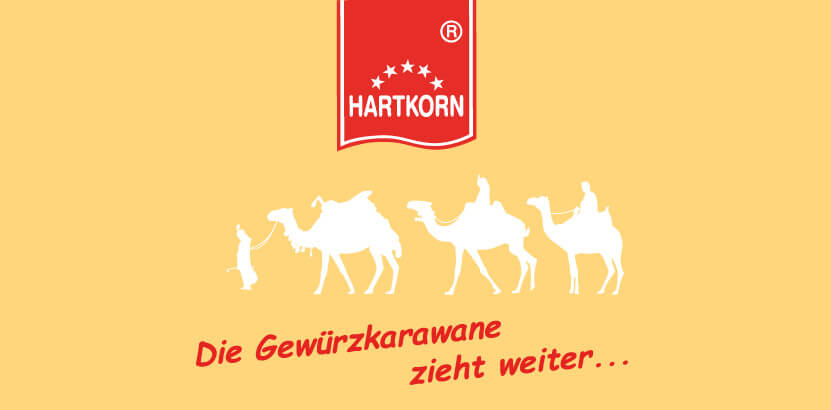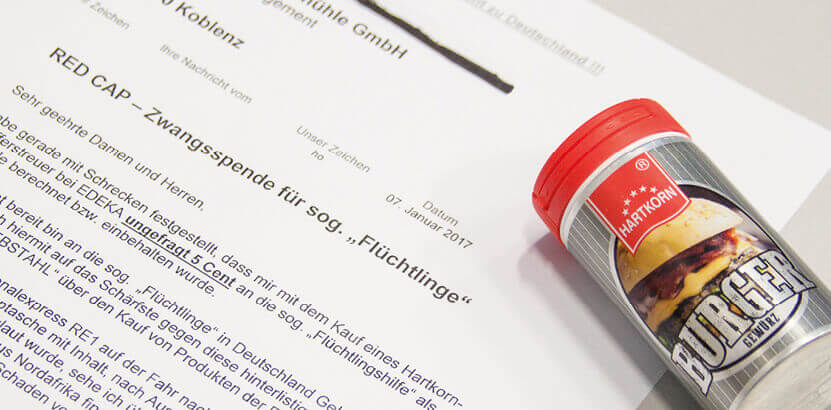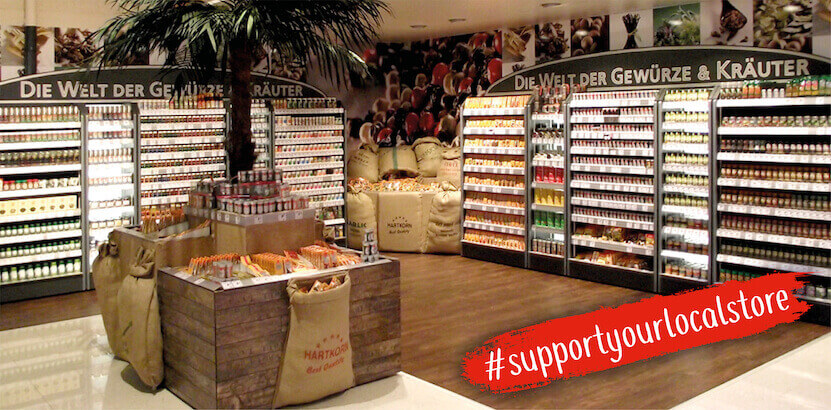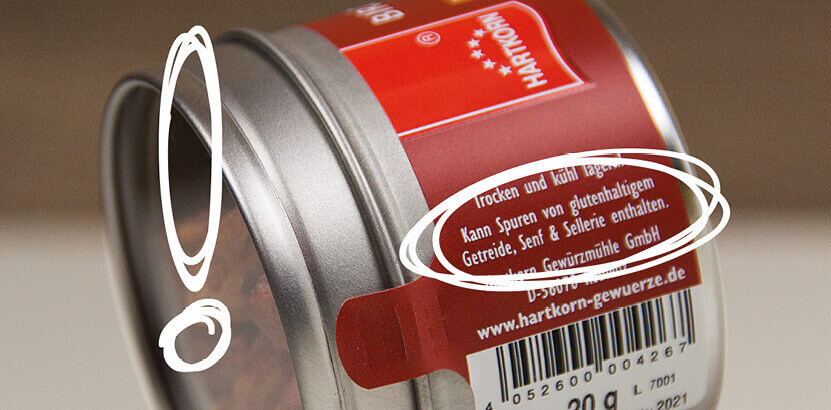The spice, which is particularly popular in the confectionery industry, is currently experiencing a significant price increase that has not existed in this form in the past decade. The main cultivation area of the noble pod is the tropical paradise of Madagascar, which is characterized by its tropical climate. Large plantations stretch across the island nation off the east coast of Africa. The vanilla is pollinated by hand. In strong production years, a quantity of up to 3,000 tons can be achieved. But since 2016 there have been availability problems. Small harvests can no longer meet the demand on the world market. The reason for this is a low price level in the past 10 years. The farmers in Madagascar dedicate their plantations to more lucrative products, which leads to a reduction in the vanilla harvest. This in turn drives the price up.
Vanilla can also be grown in other countries, such as Indonesia and Mexico, but these growing countries have been largely displaced by the main supplier, Madagascar. Nevertheless, it takes 3 to 4 years from cultivation to harvesting the vanilla bean. In addition to the already very precarious situation, a cyclone in Madagascar not only destroys 30% of the harvest, but also damages a large area of newly planted vanilla pods, which led to further price increases and a major loss in quality of the available stocks. The hoped-for relaxation from the expansion of plantations has moved far away.

